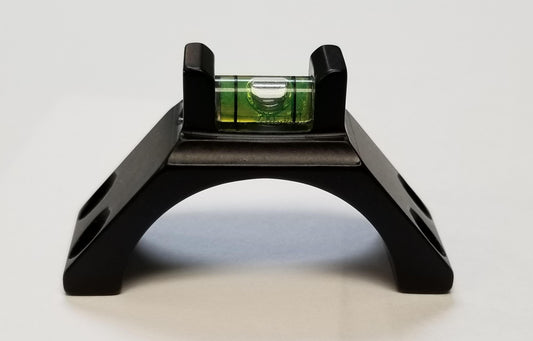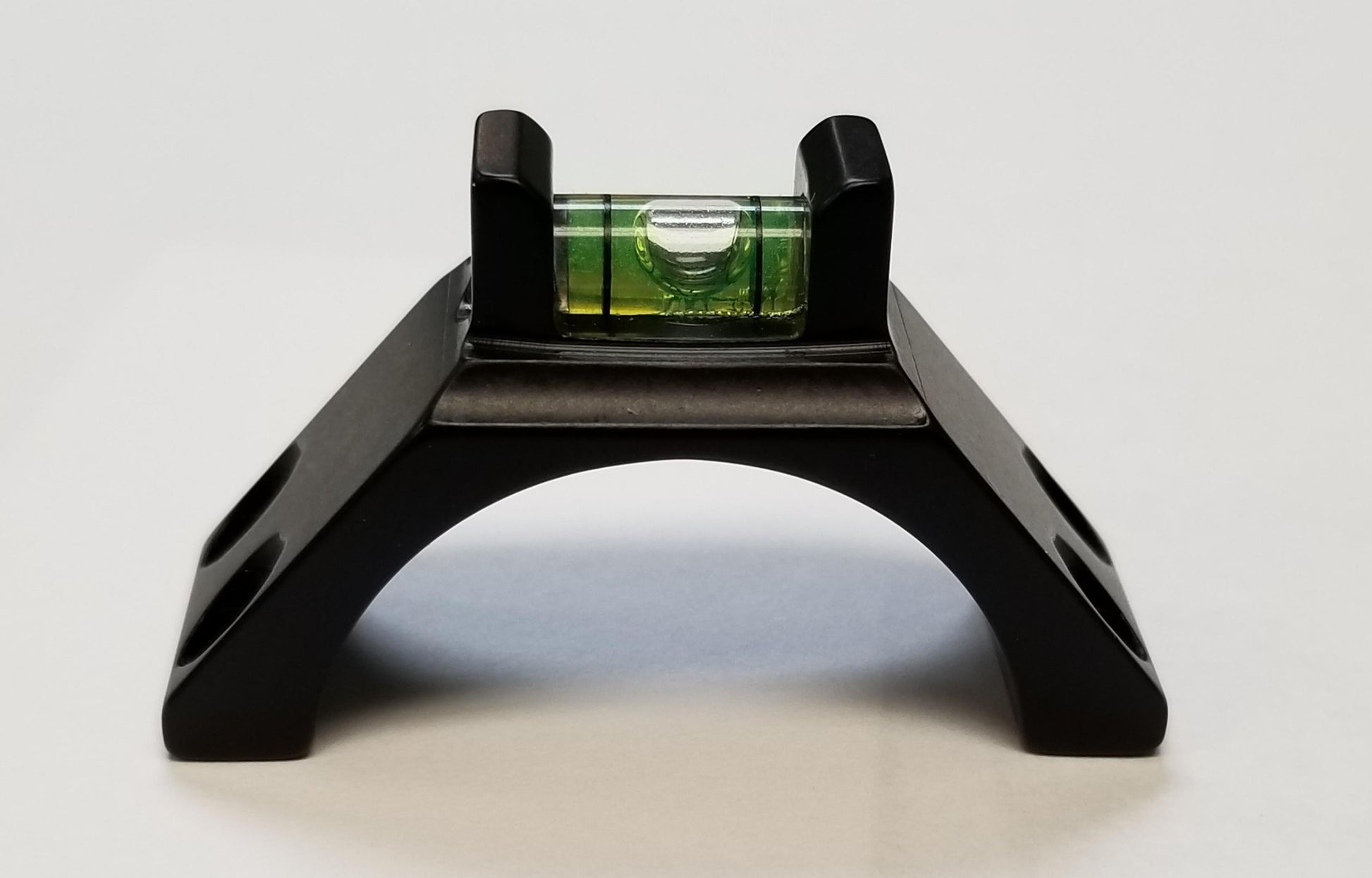

Talley Mounting Systems' 1" Anti Cant Indicator ensures optimal alignment of your scope, enhancing accuracy during shooting. Designed to fit seamlessly with most scope rings, this indicator provides a reliable visual cue to prevent canting, which can lead to missed shots. Constructed from durable aluminum, it withstands outdoor conditions while maintaining precision. Installation is straightforward, allowing quick integration into your setup without complicated adjustments.
This anti-cant device features a clear level for easy reading, making it ideal for both seasoned marksmen and novice shooters. Its lightweight design does not add significant bulk to your rifle, ensuring a balanced feel during operation. Trust the Talley 1" Anti Cant Indicator to enhance your shooting experience by providing essential feedback for accurate target engagement.
Key Features:
- PRECISE ALIGNMENT ensures accurate shots by preventing scope canting.
- WIDE COMPATIBILITY fits most standard 1" scope rings for easy installation.
- DURABLE CONSTRUCTION withstands harsh outdoor conditions without compromising performance.
- LIGHTWEIGHT DESIGN adds minimal weight to your rifle, maintaining balance during use.
- EASY-TO-READ LEVEL provides quick visual feedback for instant adjustments.
- USER-FRIENDLY INSTALLATION allows for quick integration into your existing setup.
- ENHANCED ACCURACY improves shot consistency, critical for competitive shooting.
- RUGGED FINISH resists scratches and corrosion for long-lasting durability.
Technical Specifications
| Specification | Details |
|---|---|
| Type | Anti Cant Indicator |
| Compatibility | 1" Scope Rings |
| Material | Aluminum |
| Weight | 2 oz |
| Dimensions | 3" x 1" x 0.5" |
What's in the Box?
- 1 x Anti Cant Indicator
- Mounting hardware
- Installation instructions
Customer Reviews
“The Talley Anti Cant Indicator is a game-changer. I can finally shoot with confidence knowing my scope is level.”
“Simple to install and works perfectly. No more guessing if my scope is straight.”
“Lightweight and effective. A must-have for serious shooters.”
FAQ
How does the Anti Cant Indicator improve shooting accuracy? The Anti Cant Indicator visually indicates when your scope is level, helping to eliminate canting, which can cause shots to miss the target. By ensuring your scope is correctly aligned, you can enhance your overall shooting performance.
Is installation difficult? No, installation is straightforward and can be completed in just a few minutes. The indicator comes with mounting hardware and clear instructions, allowing you to set it up quickly without requiring special tools.
Can I use this indicator with any scope? The 1" Anti Cant Indicator is designed to fit most standard 1" scope rings. However, it's always best to check compatibility with your specific scope model to ensure a proper fit.
What maintenance does the Anti Cant Indicator require? Minimal maintenance is needed. Simply keep the indicator clean and check periodically for secure mounting. If it gets dirty, wipe it with a soft cloth.
How does this compare to other anti-cant devices? Unlike some bulkier options, the Talley Anti Cant Indicator is lightweight and compact. It provides accurate readings without adding significant weight or complexity to your setup, making it a preferred choice for many shooters.
Similar Models
Looking for additional shooting accessories? Explore our range of Talley Mounting Systems products, including the Talley 30mm Anti Cant Indicator for larger scopes and various scope rings for enhanced versatility. Check out our full collection for more precision tools tailored to your shooting needs.
You May Also Like
Here’s some of our most similar products people are buying. Click to discover trending style.






